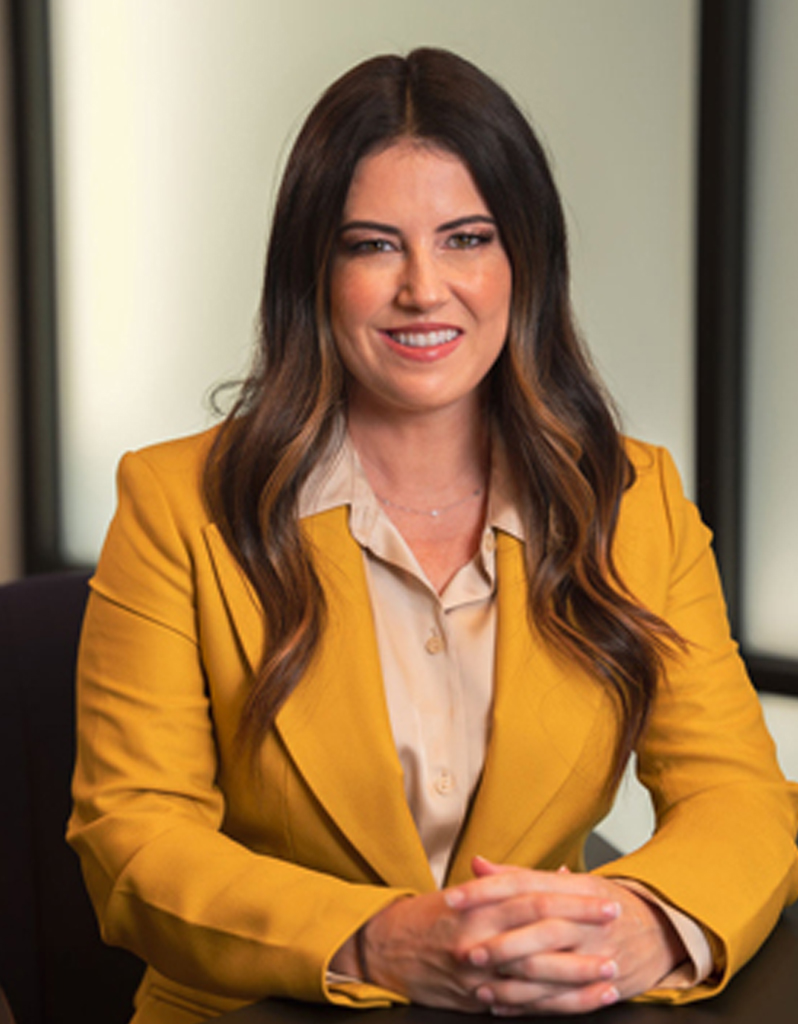- San Diego, CA
- info@hayeslawsd.com
Ride sharing apps are one of the biggest business ventures to come out of the 2010s; capitalizing on society's need to quickly get around. While Lyft and Uber have provided a gigantic boon to the economy and job market, they have also seen their fair share of legal issues that have required the State of California to revamp some of its Personal Injury Laws. This has even opened a whole market dedicated to Lyft and Uber law! So what changes were instituted because of the rise in Lyft and Uber usage?
This is one of the first questions a lawyer will ask when approaching a Lyft or Uber case. The person that is responsible is determined on a case-by-case basis; typically determined by who is the negligent party. In any Personal Accident Claim in the State of California, the Plaintiff needs to prove the following three items:
“Duty of Care” is in reference to if the defendant obeyed all California state vehicle codes that are intended to prevent injuries or accidents. Examples of codes include:
When you include the fact that someone in the accident was using a ride-sharing app like Lyft or Uber, there are a few more questions that need to be answered.
If another driver caused the accident, you can file a claim against the at fault driver. If the driver is an Underinsured or Uninsured driver, both Uber and Lyft have a $1 million dollar limit that covers for both of these situations. You will be covered under Uber or Lyft's policy because they are considered a Transportation Network Company (TNC). That means the company's Commercial Liability Coverage should include any passengers in the vehicle owner's care.
Who is liable in this situation will depend on if the driver is doing one of the following:
If one of the above three is true, then all injured parties (including the driver) will have a claim against the company and its Commercial Liability Coverage. If none of the above is true, then the driver is responsible for all injured parties.
No matter who is responsible for the accident at the time, that person or company may respond that you were negligent in this case because you did not wear a seat belt in accordance with state regulations. Unlike a taxi service, you are required to wear a seat belt while driving in an Uber or Lyft.










